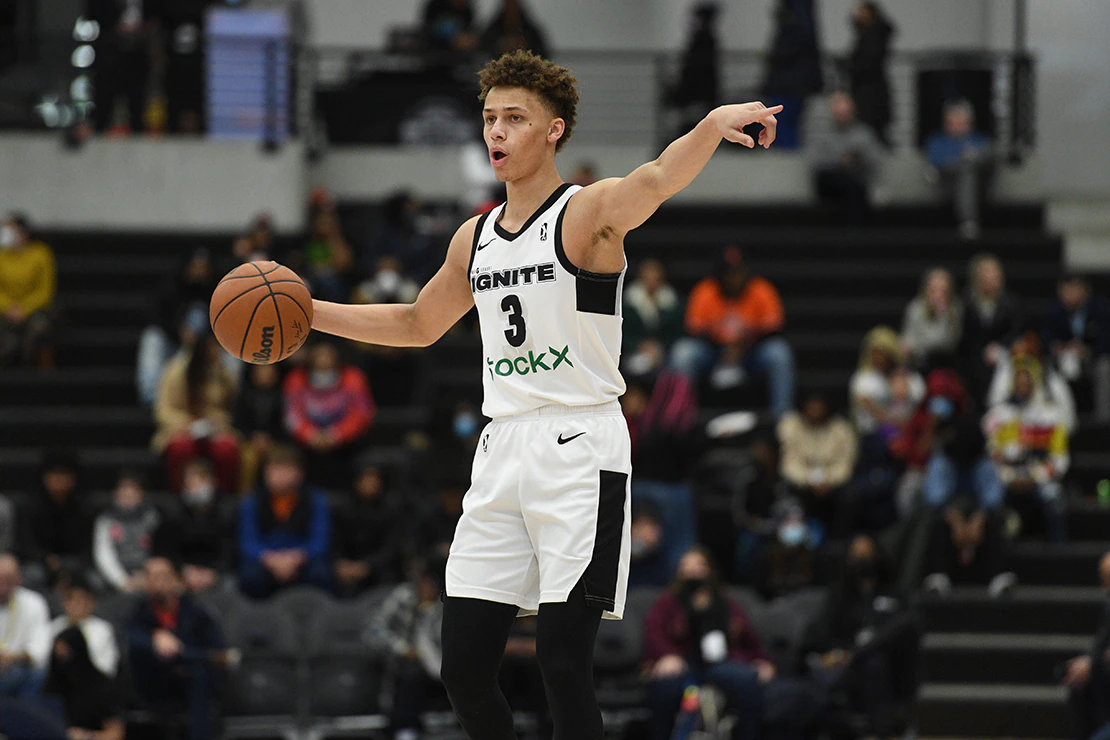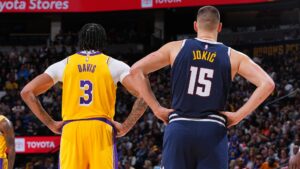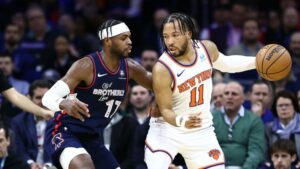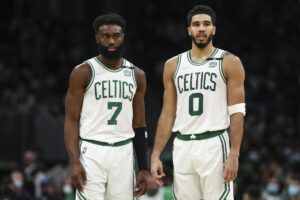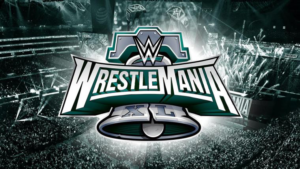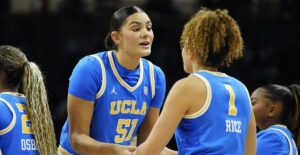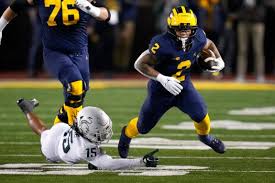The G League Ignite Tour
G League Ignite just finished its 2nd season as an organization, with the first season occurring in the G League bubble. The G League returned to a regular schedule this past season, splitting the season between the Showcase Cup and the Regular season.
However, G League Ignite opted to do an “Ignite Tour” instead of the regular season, taking the team around the United States. This tour and the roster’s makeup proved to be a challenging environment for all the prospects, especially Dyson Daniels.
With this being the first year for Ignite to participate in a season, the team decided to host games out of Las Vegas while continuing to train out of Walnut Creek, California. Because of this, home games for Ignite still involved a good amount of travel (the distance from Walnut Creek to Las Vegas is 20 miles more than the distance between Memphis and Chicago, for reference).
The first half of the season was the Showcase Cup, where teams competed within their divisions and then placed into conference standings based on record. The Cup would lead to the Winter Showcase tournament in Las Vegas, hosting all 30 G League teams, with eight competing for a Showcase Cup title. Ignite finished 6-6 with formidable wins over South Bay and Santa Cruz and an incredible performance against a loaded Grand Rapids at the Winter Showcase.
Grand Rapids had many former NBA players, such as Lance Stephenson, Mario Chalmers, Nik Stauskas, and Shabazz Muhammad. Still, Ignite managed to win 123-106, with Dyson Daniels leading the way with 21 points, eight rebounds, and three assists on 9/16 shooting in front of a crowd of NBA GMs and scouts.
After the Showcase Cup, G League Ignite began their “Ignite Tour.” The tour was exclusively on the road, including two months in some of the coldest cities in the United States. For anybody, this can be a rough context to perform in, which adds to the problematic context of Team Ignite. The Ignite Tour games had little meaning behind them other than to showcase Ignite prospects, as the opposing team’s record was not affected by these games.
So, with a rather challenging scheduling situation, a lack of meaning to games, and essentially having every game be a road game, it is safe to say the context of Ignite this last season put the prospects in a very tough situation.
The goal of Ignite is to be a prep-for-pro program for prospects and a pro-to-player development pipeline for veterans. Analyzing the team makeup of Ignite, the roster struggled to cover some essential needs for team building. The prospects this last year varied in performance, with Scoot Henderson showing potential #1 flashes for the 2023 draft and MarJon Beauchamp solidifying himself as a first-round pick.
On the other hand, Jaden Hardy fell from his top 5 status, while big men Michael Foster and Fanbo Zeng just hope to hear their names called on June 23rd. However, the veterans around the prospects are, in my opinion, what set the prospects back.
Amir Johnson had the longest and most successful NBA career of the veterans who contributed throughout the season. The only other player on the roster with NBA experience (albeit one year) was Pooh Jeter, who, despite being the best shooter on the roster and a great veteran to have on the team, is 38 years old and 5’10” if he stretches in the morning. Dakarai Allen has been a career G League role player. If you look up Kevin Murphy on Google, the first thing that pops up is a soap company.
The veterans for this team lacked the skill to assist and bail out the prospects when needed. With a struggling squad that lacked shooting (31.5% from 3 as a team), spacing (least attempts from 3 in the league), rim protection, and good screen setters, it was hard for team Ignite to generate any offense.
The lack of foundational team building forced Dyson back into the point guard role he had with the Australia team, for better or worse. Still, despite the poor offensive context of Team Ignite, Daniels was able to showcase his playmaking potential.
